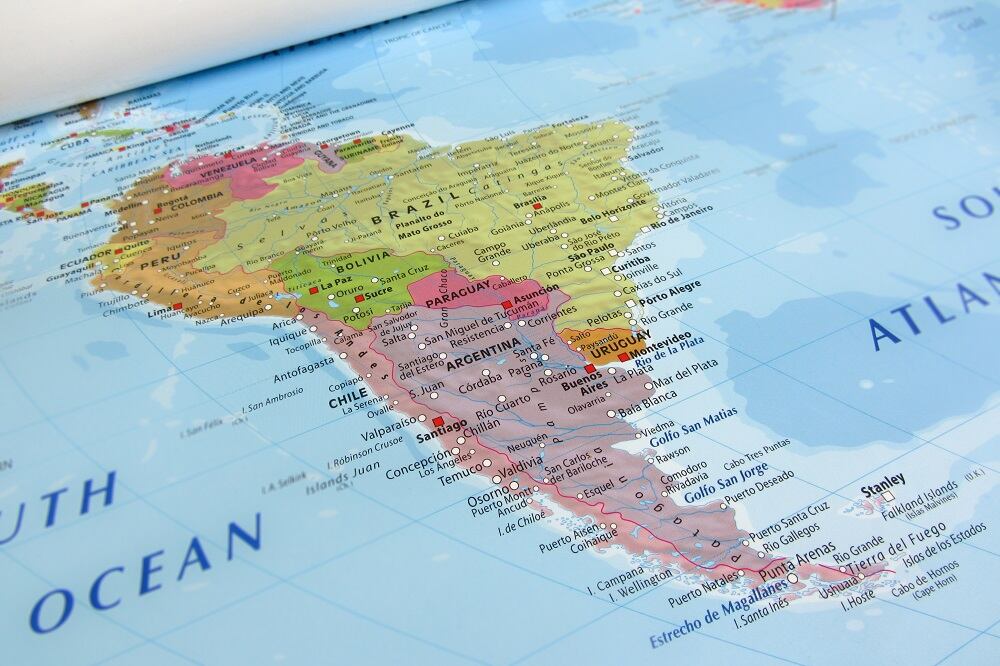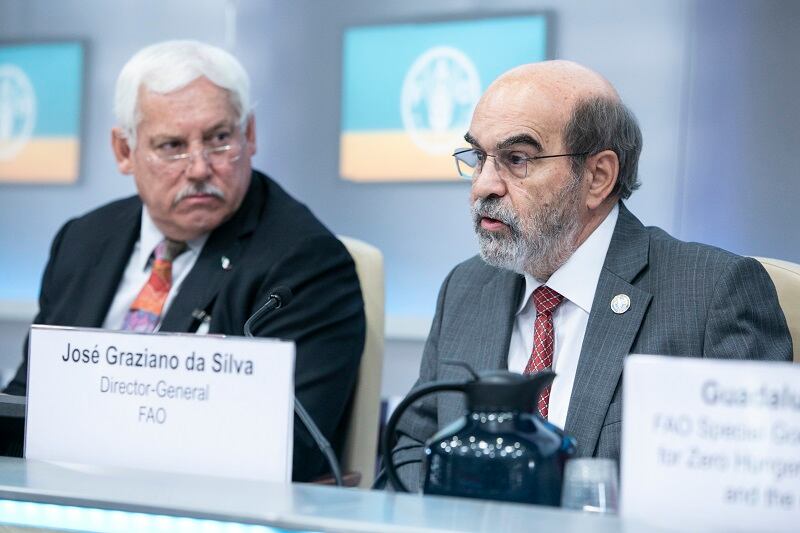To overcome the prevalence of food insecurity and malnutrition amid economic slowdowns and downturns, the industry needs to address the “root causes of hunger and malnutrition: poverty, inequality and marginalisation”.
Hunger and Obesity
Following three years of divergence, the disparity between world hunger and obesity continues to grow. In 2018, over 820 million people around the world were hungry, which is up from 811 million in 2017, representing an increase for the third year in a row.
“FAO has been warning of the uptick in hunger for the last couple of years,” Ricardo Rapallo, FAO Senior Policy Officer for Latin America and the Caribbean, said.
Malnutrition is on the rise in Latin America and the Caribbean. In 2018, hunger affected 42.5 million people, 6.5% of the regional population, up from 6.2% in 2013.
Food Insecurity
New understanding reveals that food insecurity is more than just hunger. For the first time in the report, evidence shows that many people, even if not hungry, experience moderate food insecurity, resulting from uncertainty around obtaining food. As a result, people are forced to compromise on the quality and/or quantity of the food they eat.
Figures on hunger are largely due to worsening food security in South America, which saw an increase in undernourishment from 4.6% in 2013, to 5.5% in 2018; this subregion now account for over half (55%) of all people who suffer hunger in Latin America and the Caribbean.
Explaining what is causing food insecurity in the region, Rapallo goes on to say: “The economic slowdown of several South American countries and especially Venezuela, where the prevalence (%) of hunger increased fourfold”, from 6.4% in 2012-2014 to 21.2% in 2016-18, has contributed.
The food insecurity rate is higher for women compared to men in every continent, however, the highest gap between men and women is in Latin America.
Commenting on the state of food security and nutrition in Latin America, Rapallo says: “From a long-term perspective, we must take into account that the region managed to rescue 9.5 million people from hunger between the trienniums 2004-2006 and 2016-2018.” As a result, the undernourishment rate in the region fell from 9.1% to 6.5% in that period.
2030 Targets
Indicating the gap between the current state and the ability to meet global nutrition targets, these figures mark the immense challenge of achieving the Sustainable Development Goal of Zero Hunger — which strives to end hunger, promote food security and all forms of malnutrition by 2030.
“We must remember that this setback offsets a very positive trend in hunger reduction, since the region reached both the hunger target of the Millenium Development Goals and of the World Food Summit, halving the total number and percentage of hunger by 2015,” shares Rapallo.
Immediate steps
“Our actions to tackle these troubling trends will have to be bolder, not only in scale but also in terms of multisectoral collaboration,” the heads of the United Nations’ Food and Agriculture Organization (FAO), the International Fund for Agricultural Development (IFAD), the UN Children’s Fund (UNICEF), the World Food Programme (WFP) and the World Health Organization (WHO), urged.
“We must foster pro-poor and inclusive structural transformation focusing on people and placing communities at the centre to reduce economic vulnerabilities and set ourselves on track to ending hunger, food insecurity and all forms of malnutrition,” the UN leaders said.
“The increase in hunger is a more recent development, one that needs an immediate response from governments, civil society, the private sector and international cooperation,” enforces Rapallo.
Source:
The State of Food Security and Nutrition in the World 2019: Safeguarding Against Economic Slowdown and Downturns
https://reliefweb.int/sites/reliefweb.int/files/resources/ca5162en.pdf
Author: Food and Agriculture Organization of the United Nations
Authors of Foreword: José Graziano da Silva, Director-General of FAO; Gilbert F. Houngbo, President of IFAD; Henrietta H. Fore, Executive Director of UNICEF; David Beasley, Executive Director of WFP; and Tedros Adhanom Ghebreyesus, Director-General of WHO.



